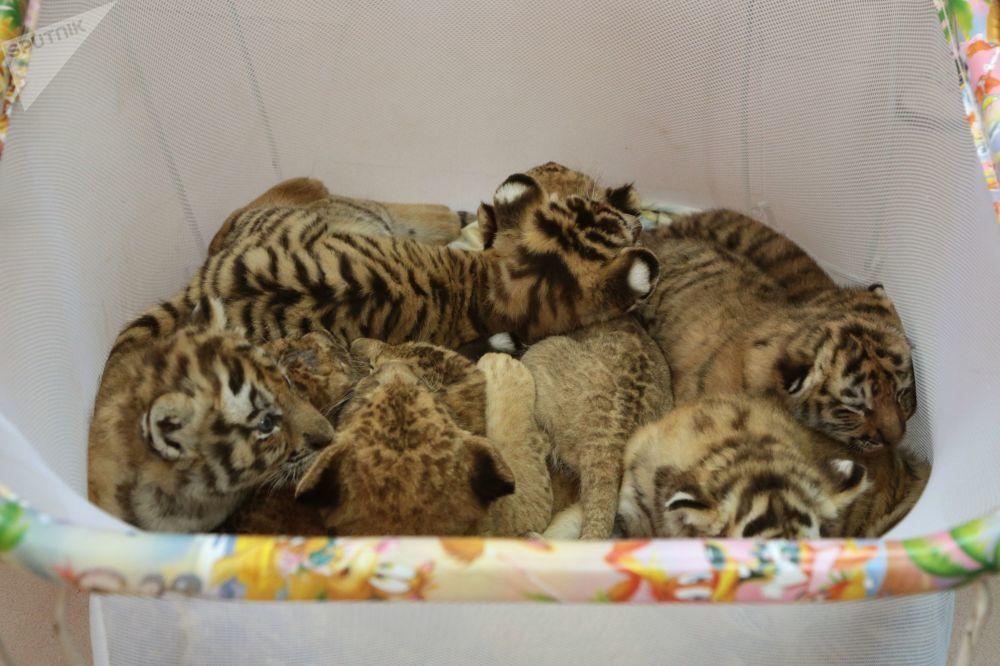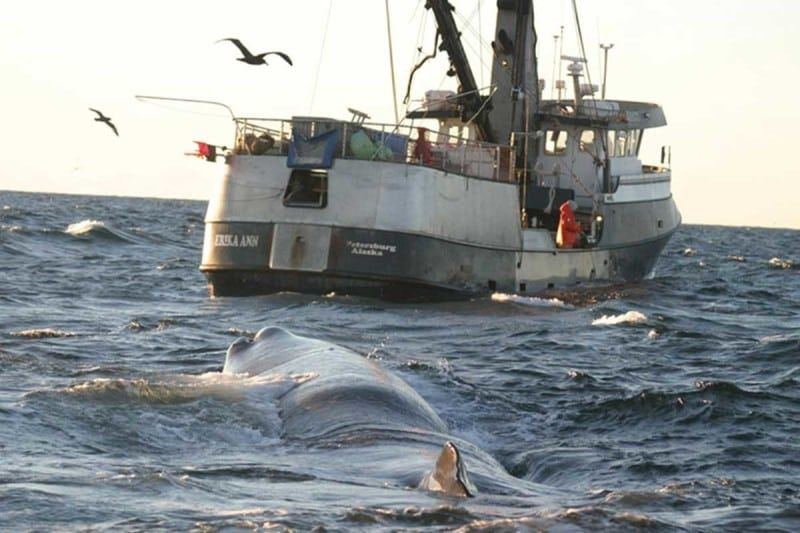Ceci fait suite à "Accomplissement" mis en ligne le 22 mai dernier. Sortis à des moments différents de leur cage-volière, Saikhan et Lazo sont aujourd'hui en prospection territoriale à une quarantaine de kilomètres l'un de l'autre, et il est possible qu'ils se rejoignent ultérieurement. Ils chassent avec efficacité et n'ont aucun problème pour se nourrir. Lazo a au moins 3 "victimes" à son palmarès. Elle est entrée sur le territoire de chasse d'une autre tigresse (Philippa, relâchée antérieurement), les deux animaux étant actuellement distants d'environ 10kms. La démarche territoriale de Lazo évoque celle d'un mâle, alors que celle de Saikhan, timidifié très jeune par des blessures graves, s'approche plus de celle d'une femelle. Ce qui ne l'a nullement empêché de mettre d'ores et déjà un loup à son menu... Amur Tiger Centre, hier.
http://amur-tiger.ru/ru/press_center/news/1061/
ПЕРВАЯ ДОБЫЧА САЙХАНА
Voir aussi : Amur Tiger Programme
http://programmes.putin.kremlin.ru/en/tiger/news/25754
Recent monitoring of the Amur tiger Saikhan and Lazovka, the tigress from Lazo, showed that the male still lives in the middle reaches of the Bidzhan River, not far from where he was released, while the tigress moved to the Dichun Nature Sanctuary and currently is in the tigress Filippa’s home area.
“As of now, Saikhan and the tigress from Lazo are 40 kilometres apart. But there is still a chance that they will reunite. They have not yet chosen a place to live, they are exploring the area,” said Viktor Kuzmenko, director of the Tiger Centre.
A group of the centre’s employees and those from the Jewish Autonomous Region’s directorate for wildlife conservation and protected areas has inspected the animal clusters. Both Saikhan and the tigress from Lazo are living in an area rich in ungulates, which are the tigers’ main prey. Saikhan’s first victim was a wolf.
“Wolves are difficult to hunt, so if Saikhan managed to kill a wolf he will have no trouble hunting ungulates. The data we have received is quite interesting because Saikhan behaves in the way females do after release, while the tigress from Lazo behaves in the opposite way, like a male. In this regard, we worry more about Saikhan, because he was seriously injured when he was a cub, and he is more timid and shy. Most important is that our equipment works well and we can continue monitoring them,” said Sergei Aramilev, general director of the Amur Tiger Centre.
Experts could not reach the area where the tigress is now because of a worn-down road. But the data from her GPS collar shows that she is hunting well and has killed at least three animals. She is now staying in the hunting area that belongs to Filippa, a tigress who also underwent rehabilitation and was released in Dichun in April 2017. The females are some 10 kilometres apart, but they walk the same route and will probably meet eventually. The tigresses met at the rehabilitation centre, where they lived in neighbouring enclosures.
To monitor the tigers, scientists use GPS tracking collars, which the tigers were fitted with before their release on 19 May 2018. They were released using a “soft method” from a large temporary enclosure built in the sanctuary.
“The tigers left the temporary enclosure, relaxed and walked around it, but they left at different times and went in opposite directions. So, on one hand, the experiment was a success, but, on the other hand, it wasn’t, because the animals did not stay together. But it is too soon to make conclusions,” Sergei Aramilev added.









